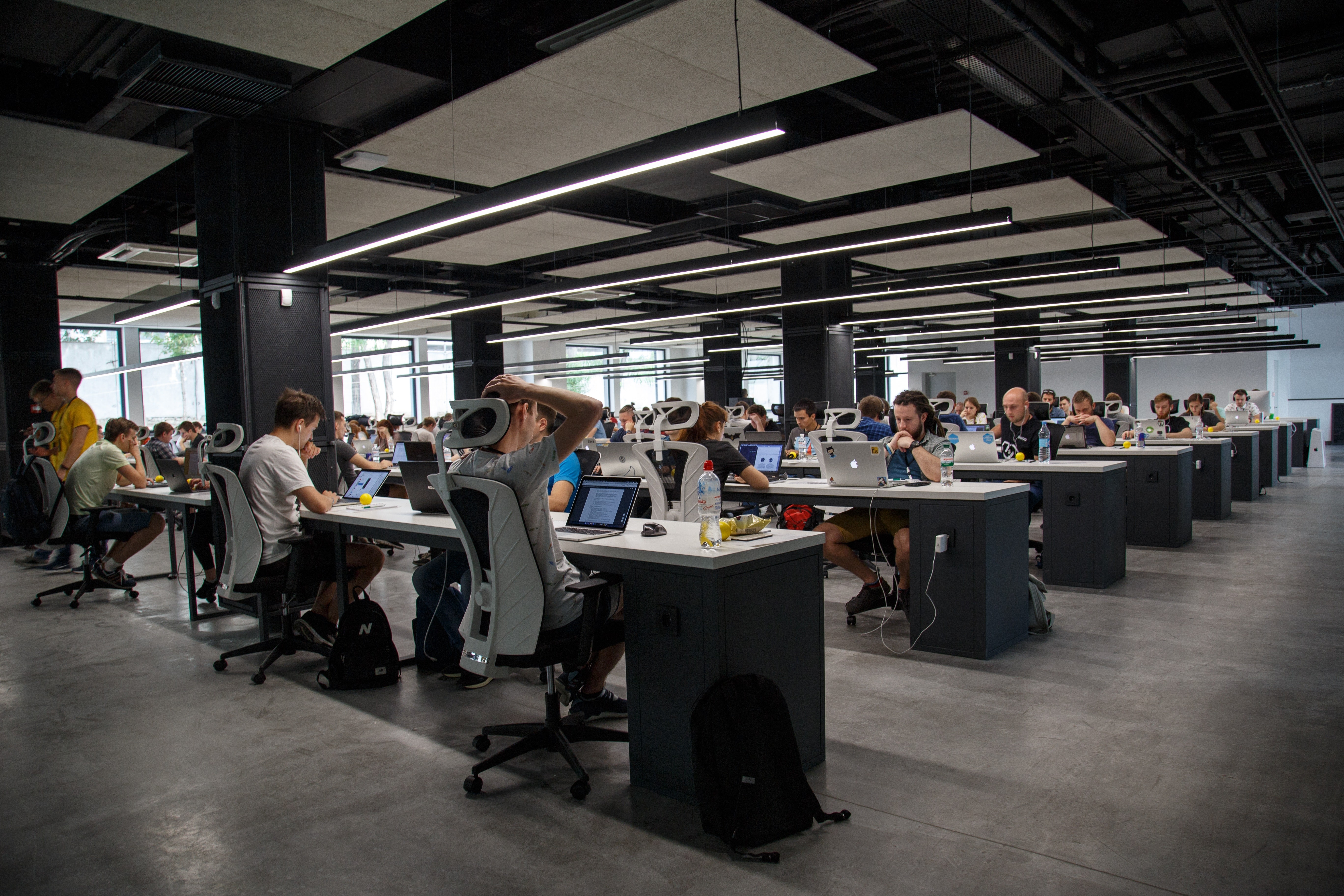How Virtual Reality Is Shaping The Game For Realtors

The real estate industry has embraced virtual reality with fantastic results. The technology enables you to create a virtual 3D world and then immerses you into it. Virtual reality, VR, lets you experience the virtual environment as you interact with the elements in it as if you were physically there. Using a headset that includes headphones, you see the virtual space in a 3D perspective and perform activities such as movement and navigation around the elements.
A buyer will only be required to have a headset, which the design company can supply or recommend, to view renderings and participate in a virtual reality tour. Additionally, they must have a compatible support hardware such as an iPhone or Android smartphone or a computer.
VR in Home Marketing
Key stakeholders in the industry stand to reap numerous benefits from the use of real estate VR. This includes homeowners, buyers as well as realtors. They are using VR in innovative ways to create a compelling experience for the buyer. Let us look at the impact of the engagement process for the realtor.
Traditionally, real estate agents put out listings, which got richer with time by the addition of photos, videos, and other 2D presentations. Incorporating VR tours into the home marketing system is transforming the process, as you knew it. Instead of begging the developer to complete the model house, realtors are getting a VR tour designed in a matter of days.
Firms such as Render 3D Quickly develop exclusive architectural 3D models that allow sellers to showcase available homes to buyers. This strategy boosts sales by up to fifty percent.
Advantages of VR to the realtor
Realtors do not have to wait for the construction process to be complete. By collaborating with the developer, they can build VR tours of multiple projects. This allows them to present many homes in a short amount of time.
Besides the wow factor of impressing your customers, there are numerous other benefits of VR to the realtor. VR enables customers to see much more detail and interact with it. A VR tour empowers them to walk through the home and feel the experience of exploring the various elements. It simulates a real viewing and helps buyers establish stronger connections with the home. Allow them to fall in love even before they view it.
VR presents a comprehensive range of visual assets that the buyer requires before making a decision. Agents can expand their target market base in line with blurring geographical lines in the digital age. The small investment in rendering designs and headsets is quickly recouped by either incorporating it into the sale process or by charging the potential buyer for it separately.
When you consider remote locations, it is still cheaper than a return trip for you and the client to view the home. Similarly, there are cool things a customer can do in a VR tour that are hard to visualize in a model show house. For example, they can rearrange the furniture, change the interiors and finishings and experiment with different upgrades effortlessly during the tour.
This presents a powerful opportunity for them to personalize the home in ways that reflect their style. A realtor can leverage VR tours to generate a buzz about the home on multiple platforms including online portals, social media and text-based systems.
Conclusion
Realtors stand to benefit immensely from VR. They can build increased buyer interest, boost qualified leads and save on the marketing bill. Studies show the home sales curve rising steadily. VR and interactive 3D renders are empowering agents to grow their business quickly.
The technology is winning the hearts of all stakeholders from realtors to owners and buyers. It allows real estate agents to expand the open house from a few hours a week to every hour, every day of the year. They offer compelling 3D experiences that make their winning listings stand out from the competition.


